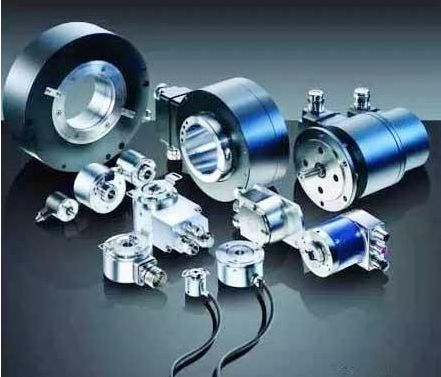Smart sensor functionality and future applications
The concept of smart sensors was first introduced by NASA during the development of spacecraft in 1979. These systems required numerous sensors to continuously transmit data such as temperature, position, speed, and orientation to either onboard or ground-based processors. Even with powerful computers, handling the massive amount of data in real time proved challenging. Additionally, spacecraft had strict limitations on size and weight, which led to the development of intelligent sensors designed for distributed processing. The idea was to equip sensors with basic processing capabilities so they could assist the central processor, reducing the overall computational burden.
To further optimize performance, multiple sensor units were often connected to a single processor, which also included a network interface. This setup allowed for more efficient data management and communication within the system. Today, while there is no universally accepted definition of smart sensors, many researchers agree that they should emulate both human senses and cognitive functions. In essence, a smart sensor is a device that uses a microprocessor to perform intelligent processing based on artificial intelligence principles.
Beyond traditional sensing abilities like vision, touch, sound, smell, and taste, smart sensors also possess "brain-like" functions such as memory, learning, reasoning, and decision-making. Traditional sensors typically consist of a sensitive element, a conditioning circuit, and an analog-to-digital converter (ADC). The sensitive element converts physical properties into electrical parameters, which are then processed by the conditioning circuit and converted into digital signals by the ADC. The intelligent processor takes over from here, performing advanced analysis and interpretation of the data.

1) Self-Compensation Function
Using pre-defined knowledge about sensor behavior and environmental conditions, the processor automatically compensates for signal distortions caused by non-linearities, drift, and external factors. This software-based compensation helps restore the original signal quality, effectively addressing hardware limitations without requiring physical modifications.
2) Self-Calculation and Processing Functions
Based on mathematical models, the processor can calculate indirect measurements or derive statistical properties of the measured object. It can also recalibrate sensor characteristics using known data sets, improving accuracy and reliability over time.
3) Self-Learning and Adaptive Functions
By analyzing past measurements, the processor can recognize new patterns and adjust its operations accordingly. It can adaptively modify its structure and parameters, enabling features like auto-ranging, channel selection, and automatic filtering—making the system more versatile and user-friendly.
4) Self-Diagnosis Function
Smart sensors can detect and locate internal or external faults using algorithms or fault dictionaries. This self-diagnostic capability ensures long-term reliability and reduces the need for manual maintenance.
Other essential features include communication interfaces, digital and analog outputs, and power-off protection through backup power sources, making smart sensors highly adaptable across various applications.
Applications and Future Directions of Smart Sensors
Smart sensors have found extensive use in aerospace, defense, industrial automation, agriculture, and even healthcare. For instance, in robotics, they enable machines to mimic human perception and decision-making, allowing for more autonomous and interactive operations.
In manufacturing, smart sensors help monitor critical product quality indicators such as viscosity, hardness, and color in real time. By integrating neural networks or expert systems, they can predict and control product quality efficiently, improving production accuracy and reducing waste.
In the medical field, smart sensors have revolutionized patient monitoring. A notable example is the "glucose watch" developed by Cygnus Inc., which measures blood sugar levels non-invasively. The device uses a reagent-coated patch that reacts with glucose on the skin, generating an electric current. The sensor interprets this current and displays the blood glucose level digitally, offering a painless alternative to traditional finger-prick methods.
Textile Ceramic,Fabric Ceramic,Alumina Ceramic Guide,Ceramic Textile
Yixing Guangming Special Ceramics Co.,Ltd , https://www.yxgmtc.com